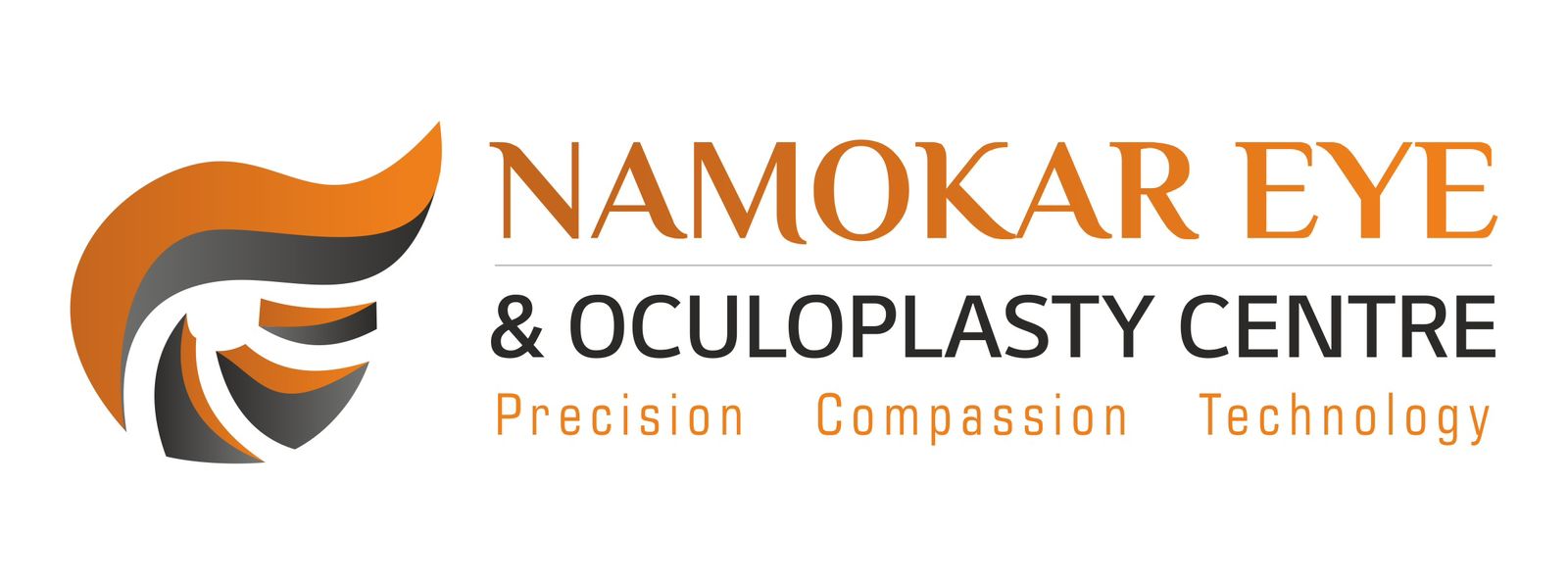Cataract Surgery
- Home
- Best Hospital for Cataract Surgery in Delhi
Best Hospital for Cataract Surgery in Delhi
What Is a Cataract?
A cataract is a condition where the eye's natural lens becomes cloudy. This cloudiness affects your vision, making it hard to see clearly. Cataracts usually develop slowly over time, often due to aging, but they can also be caused by injury or other health conditions.

Types of Cataracts
There are different types of cataracts, including:
- Nuclear Cataracts: These form in the center of the lens and are often related to aging.
- Cortical Cataracts: These start at the edges of the lens and move toward the center.
- Posterior Subcapsular Cataracts: These form at the back of the lens and progress quickly, affecting close-up vision.
- Congenital Cataracts: Some babies are born with cataracts, which may be due to genetic factors or infections during pregnancy.
Symptoms of Cataract
If you have a cataract, you might notice symptoms like:
- Blurry or cloudy vision
- Difficulty seeing at night
- Sensitivity to light
- Seeing "halos" around lights
- Faded or yellowed colors
- Double vision in one eye
Cataract Treatment Options
The main treatment for cataracts is surgery. In the early stages, stronger glasses or brighter
lighting may help, but surgery is the only way to remove the cloudy lens and replace it with a
clear artificial lens.
Types of Cataracts
There are two main types of cataract surgery:
- Phacoemulsification: This is the most common method, where a small incision is made, and the cloudy lens is broken up with ultrasound waves and removed.
- Extracapsular Cataract Extraction: In this method, a larger incision is made, and the lens is removed in one piece. This is usually done when the cataract is very advanced.
Advantages of Robotic Cataract Surgery
Robotic cataract surgery offers several benefits, including:
- Increased precision and accuracy
- Smaller incisions, leading to faster healing
- Reduced risk of complications
- Enhanced vision outcomes
Post-Treatment Care
After cataract surgery, proper care is essential for a smooth recovery:
- Use prescribed eye drops to prevent infection and reduce inflammation.
- Avoid rubbing or pressing on your eye.
- Wear an eye shield or glasses as recommended by your doctor.
- Rest and avoid strenuous activities for a few weeks.
FAQ's
The surgery usually takes about 15 to 30 minutes.
No, the surgery is generally painless. Local anesthesia is used to numb the eye.
A: Most people notice improved vision within a few days, but it may take a few weeks to see the
full benefits.
A: Cataracts do not return, but some people may develop a condition called posterior capsule
opacification (PCO), which can be easily treated with a laser.
A: You can usually return to normal activities within a week, but avoid heavy lifting and
strenuous activities for a few weeks.
